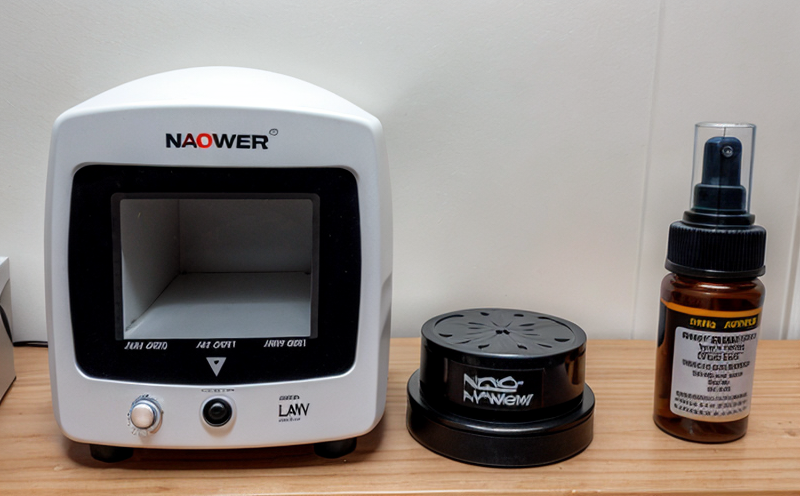JIS R1629 Gas Adsorption Surface Area of Fine Ceramic Powders
The JIS R1629 standard is a critical tool in the analysis and characterization of fine ceramic powders. This method, which uses gas adsorption techniques to measure specific surface area, pore size distribution, and total surface area, plays an indispensable role in quality assurance for industries such as ceramics, electronics, and pharmaceuticals.
Understanding the importance of these parameters is crucial because they directly influence the performance and reliability of products. For instance, in fine ceramic powders used in the electronics industry, higher specific surface areas can enhance the adhesion properties of coatings. In pharmaceutical applications, pore size distribution affects drug delivery mechanisms and dissolution rates.
The test procedure involves exposing a sample to gases such as nitrogen or argon under controlled temperature conditions. The amount of gas adsorbed into the pores of the powder is measured to determine its surface area. This process requires precise control over environmental variables like pressure, temperature, and humidity to ensure accurate results.
Specimen preparation for JIS R1629 involves several steps: sieving the sample to obtain particles within a defined range, ensuring homogeneity by blending the powder thoroughly, and measuring the exact mass of the sample used. The precision of these steps is paramount; even minor variations in particle size or mass can lead to significant discrepancies in results.
The instrumentation typically includes a gas adsorption analyzer capable of operating at high pressure and temperature stability. Modern equipment often provides automated data analysis, which enhances accuracy and repeatability. Reporting involves presenting the specific surface area, pore volume distribution, and Brunauer-Emmett-Teller (BET) surface area.
This method is widely used in research and development to optimize formulations by understanding how changes in powder characteristics affect final product performance. Compliance officers rely on it for ensuring that products meet regulatory standards. In procurement processes, accurate knowledge of powder properties can lead to better supplier evaluations based on quality metrics.
Applied Standards
| Standard | Description |
|---|---|
| JIS R1629-1:2013 | Gas adsorption method for specific surface area, total pore volume and mean diameter of fine ceramic powders. |
| JIS R1629-2:2015 | Pore size distribution by gas adsorption method. |
The JIS standards provide detailed protocols for performing the adsorption tests. They are essential for maintaining consistency and comparability across different laboratories. Compliance with these standards ensures that results from various testing facilities can be reliably compared, which is particularly important in an international market where interoperability between regions is crucial.
International Acceptance and Recognition
- The JIS R1629 standard has gained significant recognition within Japan and has been adopted by several other countries for fine ceramic powder testing. Its acceptance is due to its robustness in providing accurate surface area measurements.
- Other international standards like ASTM E1431 have similar methodologies but are focused on different materials or applications. The JIS R1629, however, provides a specialized approach tailored for fine ceramic powders.
The widespread use of this standard in Japan and its growing global recognition highlight its importance. Laboratories around the world that perform similar tests often refer to JIS R1629 as a benchmark for precision and accuracy. This recognition enhances credibility and trustworthiness, making it an essential tool in quality management systems.
Competitive Advantage and Market Impact
- By adhering to the JIS R1629 standard, companies can ensure that their products meet stringent quality benchmarks. This compliance can differentiate them from competitors in terms of product reliability and performance.
- The ability to accurately measure surface area and pore size distribution allows for more precise formulation development. This capability translates into superior product performance and enhanced customer satisfaction, which is critical for maintaining a competitive edge.
In the market, businesses that can demonstrate adherence to such rigorous testing protocols are often perceived as leaders in their field. This perception fosters stronger brand loyalty and opens doors to new business opportunities. Additionally, compliance with JIS R1629 can facilitate easier trade across borders by meeting regulatory requirements.





